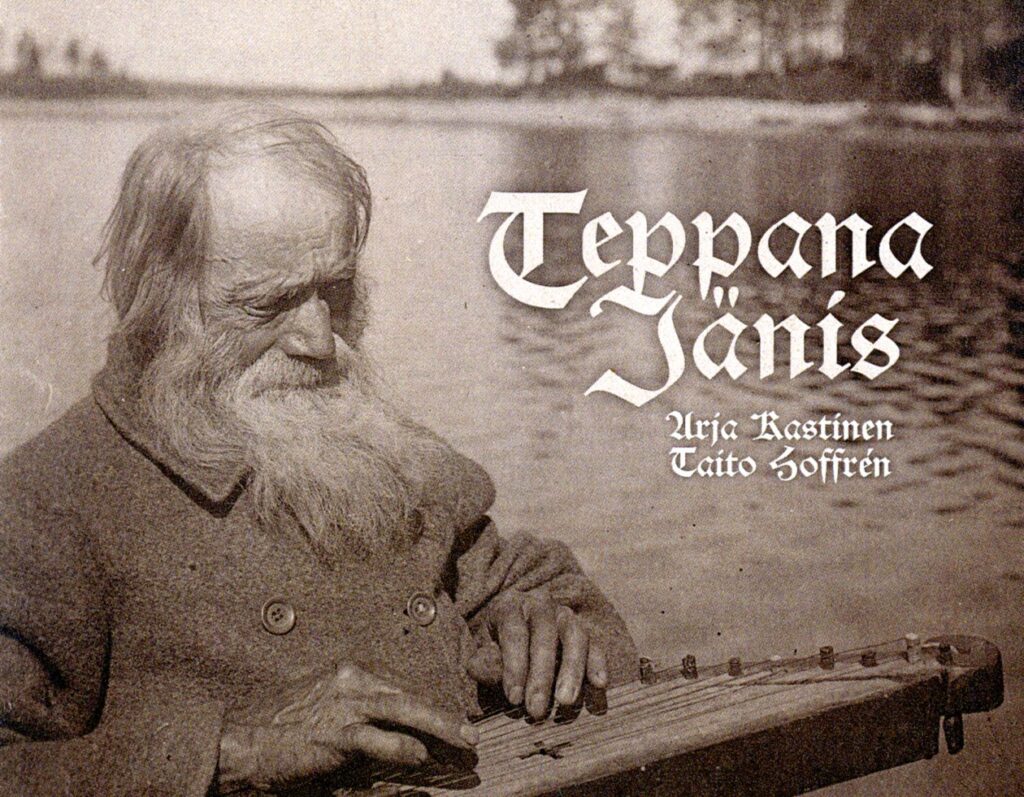Publications
About publishing phonogram materials
The material recorded on phonograms has been published as texts and as musical notations. Only a fraction of the phonograms has been published as sound recordings. Phonograph materials recorded for the purpose linguistic research is included in the Finno-Ugrian Society’s series of publications as well as the Suomen murteet (Dialects of Finland) publication (parts 1–4; as of 1930). The phonograms’ old poems, i.e. the texts in the Kalevala metre are included in the Suomen kansan vanhat runot (The Ancient Songs of the Finnish People) publication (parts 1–34; 1908–1948, 1997). Musical notations are included in the different episodes of the Suomen Kansan Sävelmiä (Melodies of the Finnish People) publication (Books 1–5; 1898–1928). In addition to the audio samples published in various contexts, extensive material publications include Armas Launik’s compiled publication on the rune songs of the 1906 Ingria collection trip (Asplund 1994) and A. O. Väisänen’s research publication on the White Karelian yoiks compiled from the materials of his 1915 trip to White Karelia (Kallberg 2004).
New applications – Arja Kastinen ja Teppana Jänis

One example of the new ways of using phonograms is the audio publication by Doctor of Music Arja Kastinen, Teppana (AANIA-37). Kastinen has researched kantele playing by Karelian Finns and has made a doctoral dissertation on the topic in the Sibelius Academy. In the album, Teppana, Kastinen plays a kantele together with perhaps the most famous kantele player from Suistamo, Teppana (Stefan) Jänis (1850–1921). However, over a hundred years has passed between recording the musicians playing.
Valamo Churct Bells. Teppana Jänis and Arja Kastinen. (AANIA-37) (www.aania.fi)

